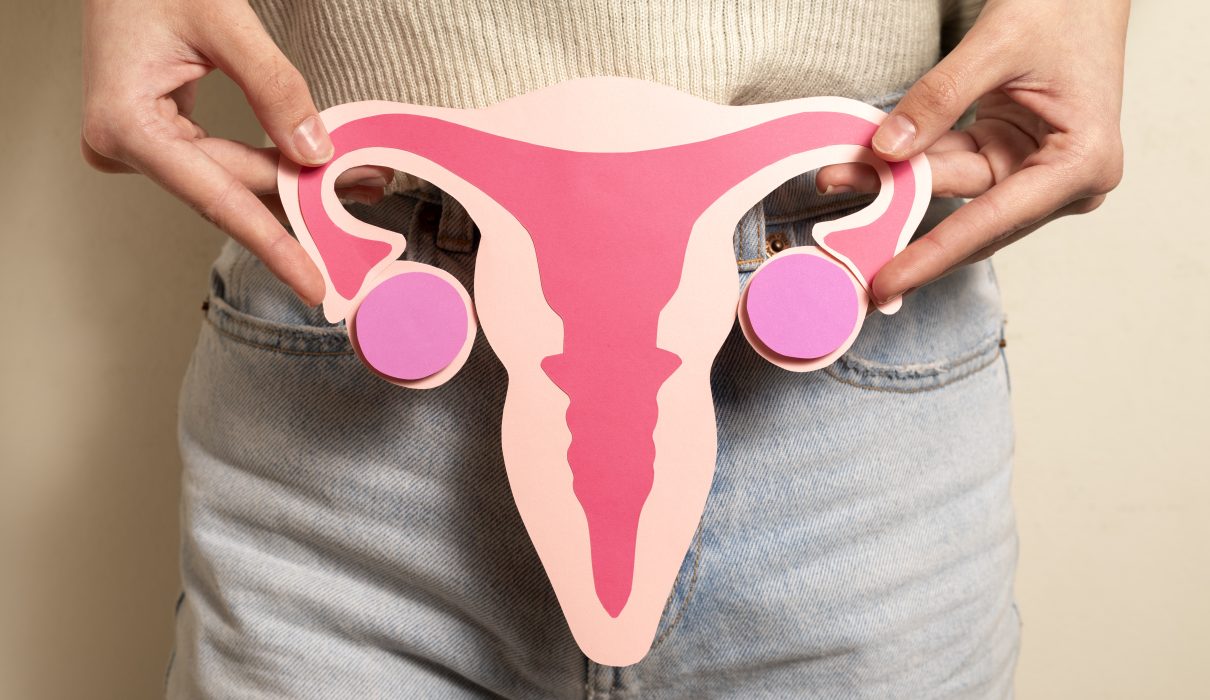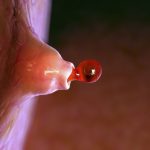
Uterine fibroids
What are uterine fibroids?
A uterine fibroid is a non-cancerous tumour that grows in and around the womb (uterus). It is also known as a myoma.
Uterine fibroids develop from the muscle tissue of the uterus. They may also grow in the fallopian tubes, cervix, or tissues near the uterus.
They can vary in size, from being so tiny you cannot see them with the naked eye to being the size of a melon. It is possible to have one or many fibroids. Most fibroids do not need treatment.

What are the symptoms of uterine fibroids?
Most women with uterine fibroids do not experience symptoms. When uterine fibroids do cause symptoms, the most common ones include:
- heavy or prolonged periods
- bleeding between periods
- backache
- constipation
- pain or pressure in the pelvic area
- period pain
- painful sex
- needing to urinate (wee) a lot
Sometimes, uterine fibroids can cause complications. Large fibroids may cause infertility by preventing a fertilised egg from implanting in the womb or blocking the fallopian tubes, although this is rare. Fibroids in pregnant women may also cause difficulties during labour, and the loss of pregnancy (miscarriage) in rare cases.
What causes uterine fibroids?
The cause of uterine fibroids is unknown. However, the female hormone oestrogen has been linked to the growth of fibroids.
Fibroids usually develop during a woman’s reproductive years, and may shrink after menopause due to reduced oestrogen levels.
When should I see my doctor?
If you are experiencing pelvic pain or symptoms, or have been trying to get pregnant, speak to your doctor.
How are uterine fibroids diagnosed?
Uterine fibroids are usually found during a gynaecological examination, pelvic ultrasound or during surgery for other conditions.
Uterine fibroids may be found during a hysteroscopy, in which a thin telescope is used to examine the uterus, or during a laparoscopy (keyhole surgery), in which a thin telescope is inserted through a small cut in the abdomen to look at the uterus.
How are uterine fibroids treated?
Uterine fibroids don’t necessarily have to be treated unless they cause bothersome symptoms or complications. The type of treatment will depend on the symptoms, and the fibroid’s position and size.
Treatment options include:
- hormone medications, which shrink the fibroid
- a hormone-releasing device placed in the womb, which reduces heavy periods (a “coil” or intra-uterine device)
- uterine artery embolisation, which shrinks the fibroid by blocking its blood supply
- surgical removal of the fibroid
- high-intensity focused ultrasound waves to destroy the fibroid
- removal of some or all of the womb (hysterectomy) — usually only for women who have completed their family or do not wish to have children



